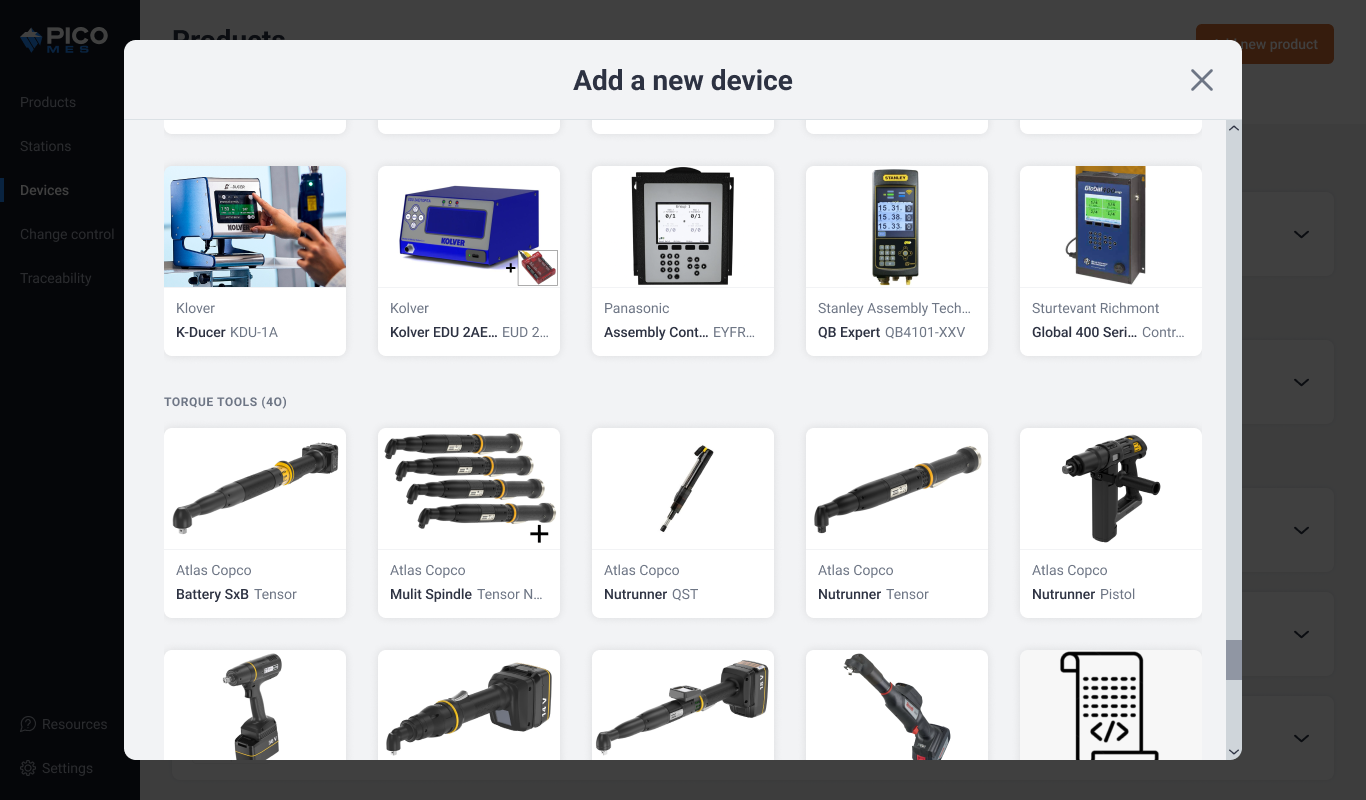#{ item.name }
#{ truncateText(item.metadescription) }
Box build assembly isn’t just complex. It’s a combination of complexity and constant pressure. Operators often juggle dozens of components, shifting customer requirements, unclear instructions, and outdated documentation.
If you’ve ever:
…then you know box builds aren’t “just another assembly.” They involve high-mix configurations, tightly packed wiring, evolving BOMs, and often the highest stakes on your production line. And when things go wrong, it’s more than just a headache. It’s downtime, missed ship dates, and rework costs that cut into your margins.
In this post, we’ll unpack seven common challenges that plague box build assembly and show you how to solve them with modern, error-proof solutions that work.
Box build assembly is the process of assembling an electromechanical system into its enclosure. It goes beyond basic PCB assembly and includes a range of activities such as:
Unlike simpler assemblies, box builds often involve custom configurations, multiple component variations, and precise wiring requirements. Each build may differ based on customer specifications. This makes consistency and error prevention especially challenging, particularly in high-mix environments.
Manufacturers consistently face a set of recurring challenges in the box build process, including:
These challenges not only slow production but also increase costs and reduce customer satisfaction.
Traditional box build assembly methods rely heavily on tribal knowledge, manual checklists, and paper-based instructions. In today’s high-mix, high-variability environments, that approach is both outdated and risky.
Error-proofing, or poka-yoke, helps manufacturers prevent mistakes before they happen. At its core, it’s about empowering your team to get it right the first time, regardless of experience level, line configuration, or product complexity.
Here’s how PICO supports this through its modular, digital toolkit:
Outdated paper manuals are replaced with interactive, visual instructions tailored to each build. Operators follow dynamic, step-by-step guides with images, embedded videos, and real-time checks. Custom variations can be triggered automatically based on product type or order.
Result: Reduced dependency on experience, faster training, and fewer inconsistencies between shifts.
Every build action is logged in real time, from torque settings to part scans. If a fastener is missed or a step skipped, the system flags it immediately. Full traceability links each unit to a specific operator, time stamp, and action log.
Result: Rapid root-cause analysis, improved accountability, and easier compliance during audits.
Built-in validations like barcode scans, sensors, or torque confirmations ensure the correct part is used and the proper sequence is followed. If an issue arises, the system prompts corrective action instantly.
Result: Mistakes are corrected in real time, before they become costly downstream defects.
PICO connects with over 200 assembly tools, devices, and machines—integrating your ERP, BOMs, WMS systems, and more to provide real-time updates. When change orders come through, operator instructions reflect the latest requirements instantly. This means no manual updates or lag.
Result: End-to-end alignment from planning to production, even in fast-changing environments.
An error-proof assembly process works to transform operations not just reduce mistakes. For instance:
No more inconsistent builds between shifts or operators. Digital work instructions ensure that every team member follows the same standard, no matter their experience level. Complex variations are handled with confidence, with significantly less rework.
Onboarding new operators no longer requires weeks of shadowing or repeated manual interventions. Instead, step-by-step instructions with visuals, validations, and real-time guidance enable less experienced workers to handle complex tasks without compromising quality.
Integrated validation steps, like barcode scans or torque checks flag mismatches or skipped actions immediately. Combined with traceability, this gives manufacturers full visibility into each step of the build, including who completed which task, when, and how.
This proactive approach helps manufacturers maintain high quality standards even under time pressure or during high-mix builds.
By capturing detailed insights at every stage, manufacturers can identify recurring issues, monitor performance trends, and continuously optimize processes.
Your operators are no longer relying on outdated instructions or yesterday’s BOMs. PICO’s integration layer ensures they have access to the most current, accurate data—every time.
Box build assembly doesn’t have to feel like a high-stakes guessing game. The challenges such as part mismatches, inconsistent processes, and labor shortages are real. But with the right systems in place, they’re no longer blockers to growth or quality.
Modern Manufacturing Execution Systems (MES) with error-proofing tools like digital work instructions, traceability, and real-time validations enable manufacturers to build with confidence. You’ll reduce rework, improve quality, and empower every operator to perform at their best.
PICO was built for manufacturers like you: teams managing complexity, operating under pressure, and committed to getting it right the first time.
Ready to learn more?
1. Watch our video series on "How to Build Smarter" which focuses specifically on the assembly of box builds
2. Book a demo to explore how PICO can transform your box build operations.
3. Visit the Integrations page to see how our platform connects with your existing tools and workflows.
#{ truncateText(item.metadescription) }
Step into the future of factory operations with Pico MES. Start your journey toward a more efficient, error-proof factory floor today.
